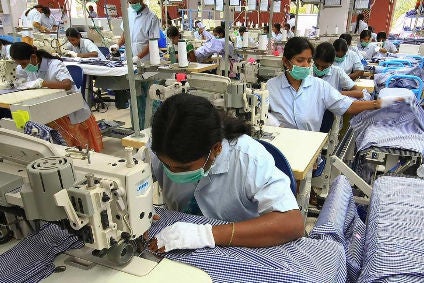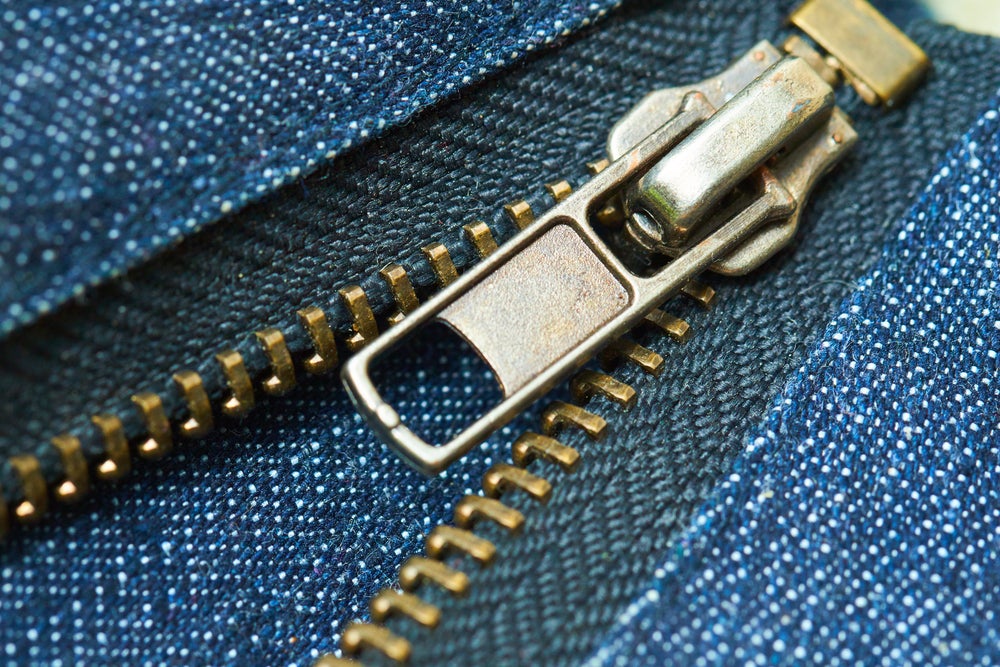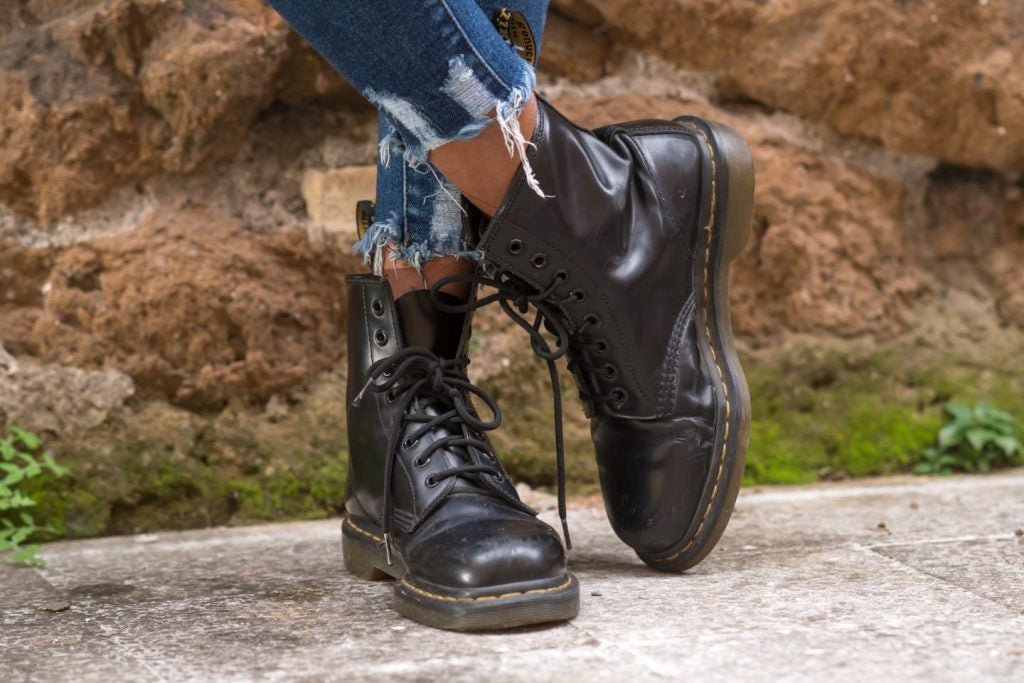
In a changing and uncertain world, data across a range of metrics for individual production countries has a key role to play in decision-making. Here Robert Antoshak, managing director at Olah Inc compares labour, production and import prices across the top 25 suppliers of apparel.
Let’s summarise some of the factors affecting the global apparel market these days. We have trade wars, rising protectionism, government shut-downs, fracturing of regional trade agreements, deteriorating relations between countries, questions about the efficacy of globalisation, fluctuating raw material prices, weakening global demand for clothing, erratic stock markets, a distracted customer base, and the potential for a hard Brexit. And this is just a sampling. Another day at the office, right?
For sourcing companies, the past two years have been particularly challenging. Uncertainty has been the only certainty. Clothing brands and retailers are struggling to make sense of it all. Are we entering into a period of profound economic and policy readjustment, or are recent events just a temporary glitch? It’s hard to tell at this point. But we do know that higher tariffs have made many consumer staples more expensive. Indeed, global sourcing has become costlier and has forced many companies to rethink their approach to creating and selling their products.
A new trade environment
Even so, there’s strong evidence that the trade environment has altered significantly and the old ways of doing business – along with the comfortable methods of sourcing product – may be permanently changed. Trump’s protectionism, for instance, isn’t likely to be some bad dream from which we suddenly awaken should he leave office either by an election or otherwise. Something structural has changed. There’s a sense in trade circles that the wide open free trade approach is under scrutiny that will remain long after Trump leaves the scene. Sure, there’s the apparent effects of the trade war between the US and China, but the change I’m referencing is something more profound and long-lasting for our industry.
See Also:
All through the political ups and downs of Trump, Brexit and the rise of nationalism around the world, other factors have continued to weigh on our industry. Consumer demand, for example, remains uneven, with some countries enjoying far more significant economic growth than others. Then then there’s the role of environmentalists: they question everything. Supply chains are examined, along with raw materials, and how our industry’s products are disposed of by consumers. Lifecycle analyses, carbon footprints, environmental impact: all are topics of discussion and concern. And such matters aren’t just vacuous preaching by the uninformed. Serious-minded, learned and experienced people voice such concerns, and they have the political clout to make a difference in how our industry operates. But such calls to change how business is done only adds to the uncertainty caused by the upheaval in the trade arena.
How well do you really know your competitors?
Access the most comprehensive Company Profiles on the market, powered by GlobalData. Save hours of research. Gain competitive edge.

Thank you!
Your download email will arrive shortly
Not ready to buy yet? Download a free sample
We are confident about the unique quality of our Company Profiles. However, we want you to make the most beneficial decision for your business, so we offer a free sample that you can download by submitting the below form
By GlobalDataPunch-drunk in the dark
So, we’re left fumbling around in a dark new world. Would someone turn on the lights, please? I can’t see. It’s tough enough for me to get my arms around a possible future for globalisation and how products are made and sold, but when I consider all of the factors banging our industry these days, I’m left a little punch-drunk and struggling to find my footing. Where do I turn to make some sense out of our changing market and rationalise why things are changing as they are. Well, for me, I like to dig into the statistics, run some rankings and take a look at how different countries compare on some simple apparel basics. In short, I turn to the re:source by just-style sourcing tool to help make sense of it all.
Here’s what I mean – please take a look at the following table:
Notes: All data are updated through 1/19 unless otheriwse identified.
US unit price calculations based on YTD 11/18 total apparel imports published by OTEXA, US Department of Commerce.
Notes about rankings: Wages are based on monthly averages. Cut & Make costs and Standard Allowed Minutes are based on per T-shirt averages.
US apparel import prices are calculated based on US Customs value of Square Metre Equivalents (SME).
Please excuse me for getting a little geeky, but let’s break down what we have in this table by describing each column from left to right. First, we have a ranking of the top 25 exporters of apparel to the US and EU for 2017 (with 1 being the top and 25 the lowest). Next, we have a listing of each country’s ease of doing business (with 1 being easiest and 25 being harder), followed by official minimum wages (1 being cheapest and 25 being highest). Then we have average garment wages for each country (1 cheapest; 25 the highest); average cut & make cost for T-shirts (1 is fastest; 25 the slowest); standard allowed minutes to produce a T-shirt (1 is fastest; 25 is slowest); and finally, the average import price of all apparel entering into the US for the 25 suppliers for year-to-date November 2018.
How a geek makes sense of this
How should you make sense of this? Index tables are helpful in that they can relate different data series into meaningful insight into the market both in terms of competing countries (China versus Vietnam, for instance) and across different metrics of measurement (such as garment wages versus import prices). To illustrate how this works, let’s use an example. As China is often at the top of everyone’s mind, here’s how to read China’s results across the table. China is the largest exporter of apparel in the world (rank=1 of 25), while being a relatively easy place to do business (rank=4 of 25), maintains a moderate minimum wage (rank=13 of 25), a comparatively high average garment wage (rank 25 of 25), a modest cut & make cost (rank=10 of 25), a fast standard allowed minutes rate (rank=1 of 25), and low prices offered in the US market (rank=1 of 25).
Now, this is where it gets fun: How can China have a comparatively high garment labour cost while also offering the most competitive prices to the US market? It seems contradictory at first blush until we think through the detail behind the rankings. Garment wage costs are an average calculation; in fact, China garment wage rates vary widely depending on the province. In turn, the average US import price adds up all apparel – and the mix of products produced by China may be different from that of other countries listed in the table. The price index is just a broad benchmark for this analysis. So it’s important to look at the raw data behind the index table and jump onto re:source by just-style.
Utilising data for decision-making
Nonetheless, there’s a lot to derive from this index table. Most countries bunch around average levels of standard allowed minutes to produce basic Ts regardless of wages paid to workers. And then there’s cut & make cost: Bangladesh is cheapest, followed by Vietnam, Pakistan and India. China falls in the middle of the pack – which is critical, though. China has some strong competitors with which to contend.
And then there’s ease of doing business. According to re:source by just-style data, ease of doing business doesn’t necessarily mean that a country will be able to make the cheapest product on the planet. Take China: it has a low ease of doing business ranking, yet its production and wage costs are higher than many of its competing countries. In this case, ease of doing business is just one more measure to gain a complete picture of a country. Interestingly, Haiti is the exact opposite of China: ease of doing business is the hardest on the list, while it sports some of the most competitive garment wages and cut & make costs.
Which leaves us with an elephant in the room: productivity. Implied in the table above is the importance of productivity. Being cheap isn’t enough. Productivity makes a difference for producers in many countries. And then there are other factors such as geography, political stability and access to energy. Size, scale and sophistication of an industry also play significant roles in determining the overall attractiveness of countries to apparel sourcing executives.
We all know sourcing is changing: new suppliers are emerging at the expense of old. Take a look at re:source by just-style and make sense of this change.







